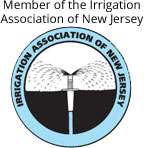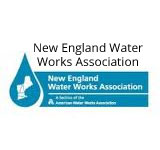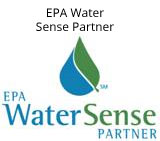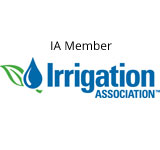Sprinkler System Design Basics
The appearance of landscapes and lawns is important for residents of New Jersey. Many times, the key to a great-looking yard or property is a professionally installed sprinkler system. But before installation even starts, it’s essential to properly plan the sprinkler system design.
Designing a sprinkler system is no easy task. The size of the area you need to irrigate, water pressure, creating watering zones, sprinkler head placement, and controls are all pieces of the puzzle that need to be considered for maximum irrigation efficiency.
Here are a few of the basic requirements for sprinkler system design.
Measure the Watering Area
Accurate measurements of the actual size of the watering area will help determine length of pipes, amount of sprinkler heads, and other requirements for your system. Before any sprinkler installation we will plot out your design around the placement of your residence. We create a plan using sophisticated systems to map out areas around your home or business including driveways, pathways, patios, fences, trees, and plants. Once we have the area committed to paper, we divide it into separate areas based on irrigation needs.
Sprinkler System Capacity
There are two essential measurements for determining the capacity of your system: water pressure and water volume. Water pressure can be measured with a pressure gauge attached to the faucet closest to the main water line. It’s important that all water sources within the home are turned off to get accurate measurements. Checking the size of the water meter and service line will determine the water volume available for the system.
Create Watering Zones
Not all areas around your home or business will require the same amount of water. Some factors that can affect your zones are the area’s shape, amount of sunlight/shade, types of plants, and soil type. Certain areas may require routine irrigation while other areas may only require limited irrigation. Dividing the area into zones will help determine the layout of the system design as well as the type of equipment that will be used.
Equipment Selection and Valve Control Placement
Selecting the right sprinkler heads, pipe placement, and valve controls will directly impact the efficiency of an irrigation system. Once zones are created, we determine the sprinkler heads required to provide the proper amount of coverage. Types of sprinkler heads include:
- Rotors
- Fixed Spray
- Spray Heads with Rotary Nozzles
- Bubblers and Drip Irrigation
Based on the type of sprinkler heads, pipe size and line placements are determined. Each zone will have its own valve to control the amount of water according to the mapping of pipelines and sprinkler head placement.
The valves are generally placed near the system point of connection with the main water source. The placement of the valves is especially important in seasonal climates where freezing is possible.
Sprinkler Controller Type
There are different types of sprinkler control systems. While manual options are available, most irrigation controllers are automatic. Automatic controllers act as timers to determine when and how long sprinklers should operate. They even include rain sensors to shut down the system when watering is not required.
Among the latest innovations in controllers are smart controllers. These smart sprinkler system controllers connect to your phone or computer via Wi-Fi, so you can control your system from anywhere!
How a sprinkler system is designed will ultimately determine the performance and efficiency of your irrigation equipment. Morris and Bergen are trained professionals and have years of experience in designing and installing sprinkler systems. Contact us for a free estimate for designing the perfect sprinkler system for your home or business.





